Extinction crisis puts 1 million species on the brink
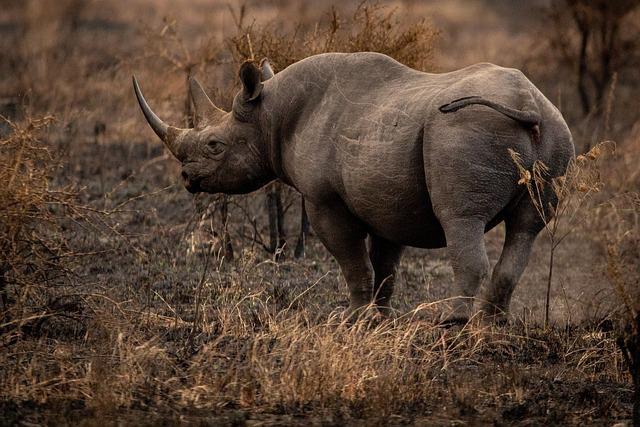
That means our nature is in great danger. The reason behind this is man. Human occupation, pollution and global warming on the living space of animals.
Scientists from all over the world have decided on 19 December 2022 that they will go ahead and do more work for the protection of nature and animals. Because what did not happen in the last one crore years, is happening now. At present, more than one million species are on the verge of extinction.
Because when the species of an animal ends, then its genes, behavior, functions and their relationship with plants end. The death of an animal also affects the environment around it. Because any living being takes millions and billions of years to develop. It only takes a few years to finish.
Because many animals are responsible for pollination of plants. Help in increasing the nutrients in the soil. They help in fertilizing the forests. Also controls the In the last five centuries i.e. 500 years, hundreds of rare species have been extinct from the world. By the end of the year 1600, the Dodo birds which did not fly from Mauritius were over.
Humans are behind the extinction of most of the living beings. Like there was a subspecies of zebra in Africa, whose name was Quagga. By the end of the 19th century, humans hunted them so much that they became extinct. Apart from this, pollution, destroying houses or destroying forests is a big reason. Prey and greed cause death The world's only Rabb's Fringe-Limbed tree frog Toughie died in 2016. It was kept in the Atlanta Botanical Garden. But he did not have any frog of his species to breed. Now his generation is not on earth. The story of Passenger Pigeon i.e. Pigeon Martha is also similar. It died in 1914 at the Cincinnati Zoo. In 1850 there were millions of passenger pigeons. But Martha was the last of her kind.
Diese Geschichte stammt aus der January - February 2023-Ausgabe von Scientific India.
Starten Sie Ihre 7-tägige kostenlose Testversion von Magzter GOLD, um auf Tausende kuratierte Premium-Storys sowie über 9.500 Zeitschriften und Zeitungen zuzugreifen.
Bereits Abonnent ? Anmelden
Diese Geschichte stammt aus der January - February 2023-Ausgabe von Scientific India.
Starten Sie Ihre 7-tägige kostenlose Testversion von Magzter GOLD, um auf Tausende kuratierte Premium-Storys sowie über 9.500 Zeitschriften und Zeitungen zuzugreifen.
Bereits Abonnent? Anmelden

Asteroid 2024 YR4 Risk Update: Could it Hit the Moon? JWST Observations Reveal New Data
Asteroid 2024 YR4, initially discovered on December 27, 2024, was first noted for a 3.1% chance of impacting Earth on December 22, 2032.
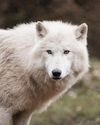
Scientists Revive Extinct Dire Wolf After 13.000 Years: Genetic Breakthrough by Colossal Biosciences
How ancient dire wolf DNA extracted from fossilised remains - is too degraded and damaged to biologically copy or clone-Paleogeneticist Dr Nic Rawlence, Otago University

The Discovery: Potential Biosignatures on K2-18b
K2-18b, located approximately 120 light-years away in the constellation Leo, is classified as a \"Hycean\" planet a term coined by Dr. Madhusudhan to describe planets with hydrogen-rich atmospheres and potential subsurface oceans.

If we must bring back extinct species, let's focus on the giant herbivores
The American genetic engineering firm Colossal Biosciences recently announced to much fanfare it had “de-extincted” the dire wolf, a canine species that was wiped out around 10,000 years ago.
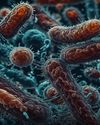
AUTISM and The Gut Microbiome
Autism is a spectrum disorder of neurodevelopmental organs that affects social interaction, communication problems, and repetitive and restricted behavior among children and grown-up adults.

The Hidden Cost of Speed: How driving fast drains your fuel
Fuel efficiency is a critical factor for both economic savings and environmental sustainability.
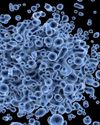
Human Metapneumovirus (HMPV): Unveiling the Silent Respiratory Threat
Human Metapneumovirus (HMPV), a highly significant but underappreciated pathogen, is responsible for a substantial number of respiratory infections worldwide.
Permaculture: Redefining Agriculture for a Sustainable Future
Permaculture is an agricultural and social system that seeks to design sustainable and self-sufficient ecosystems, utilizing natural resources efficiently, minimizing waste, and promoting biodiversity.
Multiplexing in Loop-mediated Isothermal Amplification (LAMP) for Efficient Detection of Genetically Modified Organisms (GMOs)
Isothermal nucleic acid amplification refers to the amplification of nucleic acid using specific primers at a constant temperature where no separated denaturation, annealing and extension steps are required. Isothermal nucleic acid amplification techniques (iNAATs) such as loop-mediation isothermal amplification (LAMP) and recombinase polymerase amplification (RPA) have been used in GMO detection (Singh et al. 2019).
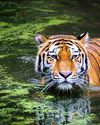
Tigers in the neighborhood: How India makes room for both tigers and people
In India, tigers haven't just survived — they've made a comeback. Despite a growing population and increasing pressure on their habitats, the number of wild tigers is rising.
